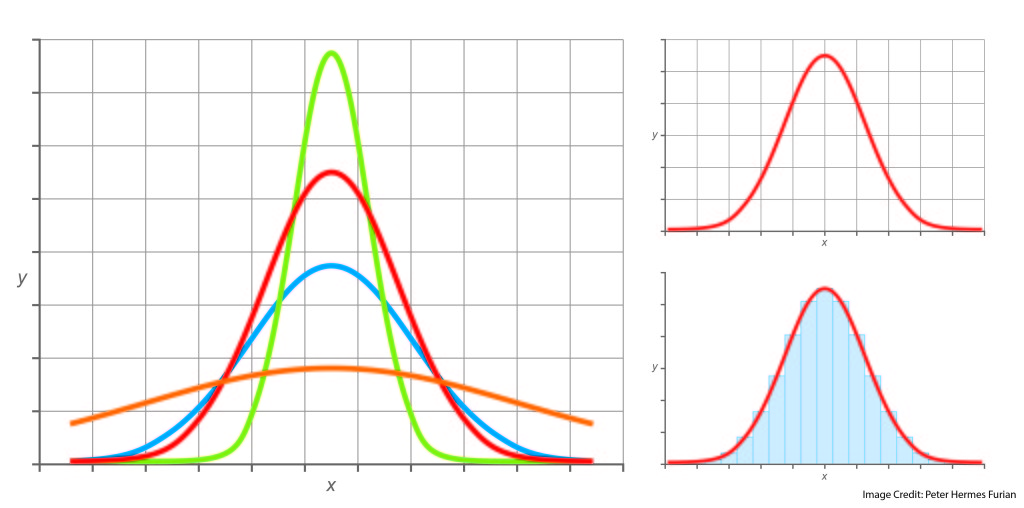Regular readers of this blog know that I’m a skeptic about gender differences in learning. Although they certainly do exist–I think particularly about differences in 3d mental rotation–I often think they’re overstated or overemphasized.
At the same time, my emphasis on this point might obscure the fact that at the population level, gender differences in learning do sometimes exist. Two articles are, I think, particularly helpful in understanding these ideas.
First, this weighty research review considers the number of women in STEM fields and reaches three broad conclusions:
- “Males are more variable [than females] on most measures of quantitative and visuospatial ability, which necessarily results in more males at both high- and low-ability extremes; the reasons why males are often more variable remain elusive.”
- “Females tend to excel in verbal abilities, with large differences between females and males found when assessments include writing samples. “
- “We conclude that early experience, biological factors, educational policy, and cultural context affect the number of women and men who pursue advanced study in science and math and that these effects add and interact in complex ways. There are no single or simple answers to the complex questions about sex differences in science and mathematics.”
The article stands out to me not only for its thoroughness, but for its all-star list of authors. Janet Shibley Hyde, for example, is well known for her skepticism about gender differences; in fact, she authored a widely-cited article called The Gender Similarities Hypothesis. If a known skeptic is on board with these conclusions, then I’m comfortable being there too.
(Another author, Diana Halpern, by the way, is a former president of the American Psychological Association.)
Second, Hyde has published an exploration of the first argument above: that men show greater variability in quantitative and visual abilities. This hypothesis suggests that–although large populations of men and women will have the same average math scores–we would expect to see more men who are very good at math (say, the top 5%) and also who are very bad at math (say, the bottom 5%).
Hyde’s article shows the complexity of this hypothesis. In particular, given that these variations differ from country to country, and can change over time, we have to recognize the social and historical context of any data set.




